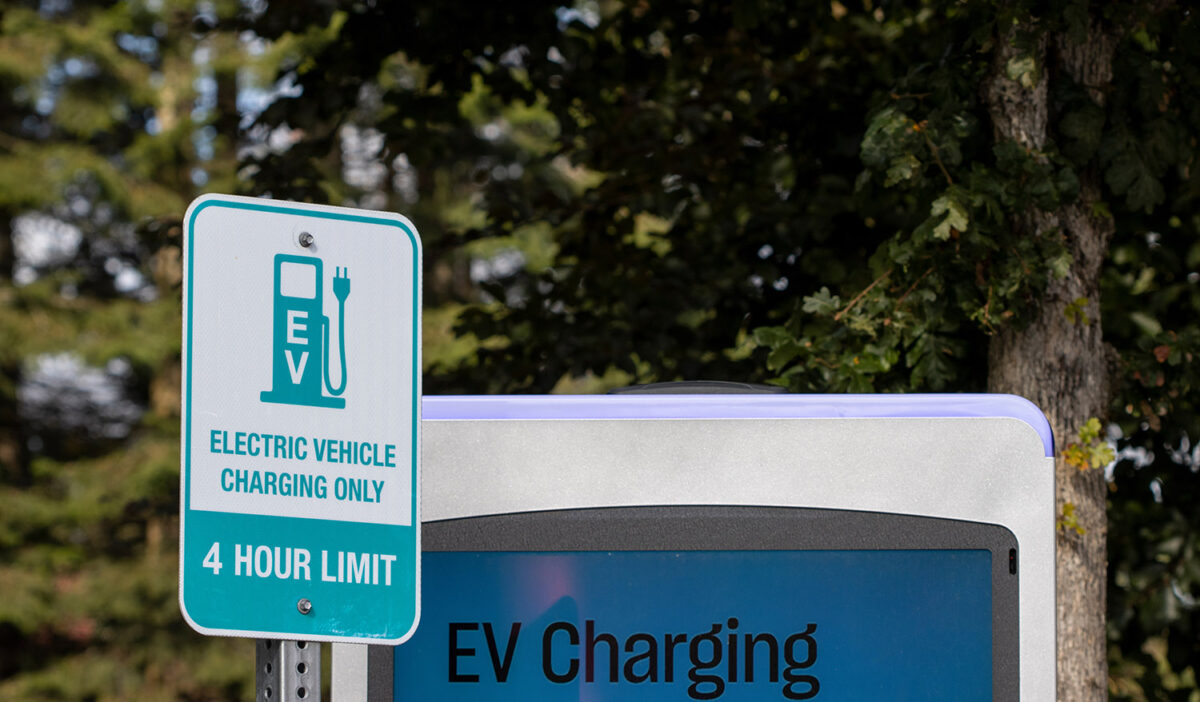Perspectives on Electric Vehicles in North America

As North America embraces the shift toward electric vehicles (EVs) to combat climate change and reduce emissions, it confronts a series of challenges that test the resilience and adaptability of its transportation landscape.
Many once considered the United States’ move to electric vehicles (EVs) essential for combating climate change and reducing emissions. Yet, despite ambitious targets from policymakers and substantial automaker investments, several challenges have hindered the EV market’s growth in the USA.
You can also read: Silent Polyurethane Tires for Electric Vehicles
Major Challenges in the USA
Affordability stands as a key hurdle for EV adoption. Even though EV prices have dropped, they still significantly exceed those of traditional gasoline vehicles. High initial costs and ownership expenses deter many potential buyers, especially those with middle incomes, from opting for EVs.
Moreover, consumer preferences and market demand challenge automakers trying to boost EV sales. Although EV purchases have risen, they form just a minor segment of the total vehicle market in the USA. The preference for larger vehicles like SUVs and trucks, which are less suited to EV technologies and need bigger batteries, increases costs and lowers efficiency.
Extreme weather also poses significant problems for EV owners. In cold regions, EVs suffer from decreased battery efficiency and higher energy needs, which shorten driving ranges and extend charging times. Such weather can impair charging station operation, reducing efficiency or causing failures, thus heightening range anxiety and discouraging prospective EV purchasers, especially in regions vulnerable to severe weather.
Automakers and Buyers Navigate Uncertainties and Infrastructure Shortfalls
Recent cutbacks in production goals by key automakers like Tesla and Ford have raised doubts about EVs’ future in the USA. With Tesla reporting its lowest earnings in two years and Ford postponing substantial EV investments and halting plans for more affordable EVs with Honda, these moves underscore the production and demand challenges facing automakers.
Inadequate charging infrastructure further impedes EV adoption. Despite expansion efforts, charging facilities are sparse, particularly in underprivileged and minority areas. The lack of stations, paired with slower charging times compared to gasoline refueling, fuels range anxiety and weakens trust in EVs as viable alternatives.
Optimism for America’s EV Future
Despite these hurdles, hope persists for America’s EV future. Technological progress and improved manufacturing are expected to lower EV costs and enhance performance, broadening consumer access. Government initiatives to increase charging infrastructure and encourage EV use should hasten the shift from traditional vehicles.
The EV revolution’s success in the USA will require a unified approach from policymakers, automakers, and consumers to overcome market challenges. Through infrastructure investment, adoption incentives, and innovation encouragement, the USA aims to establish a greener, more sustainable transport system in the upcoming years.
